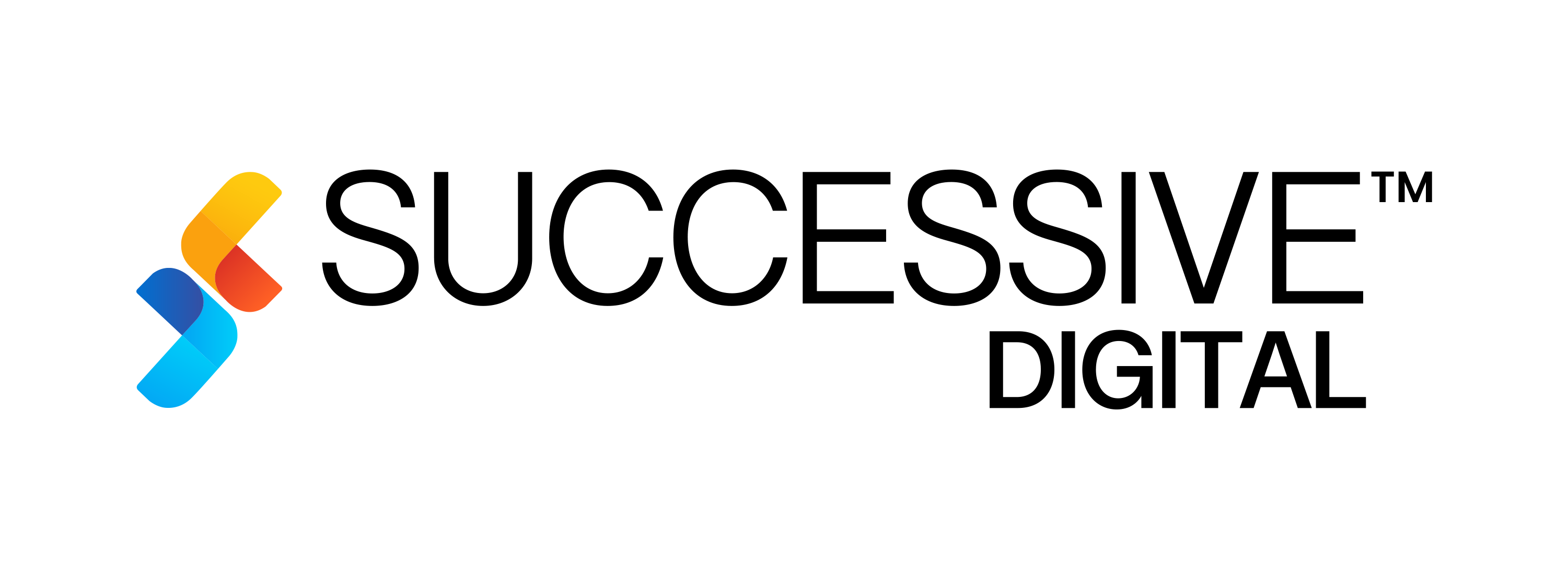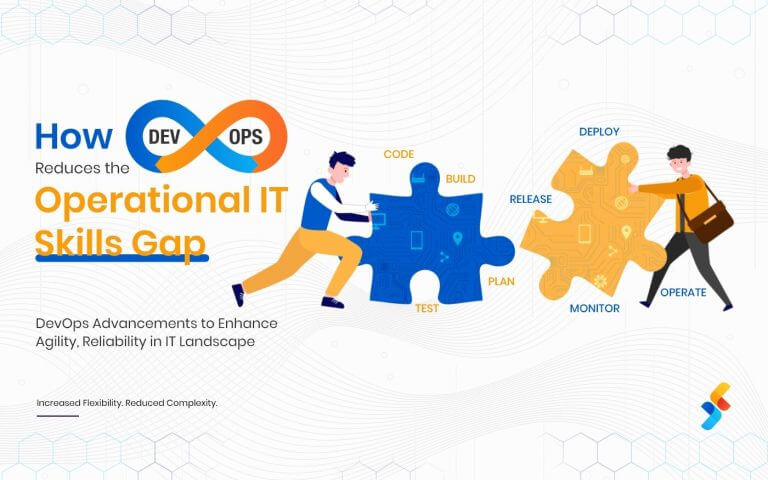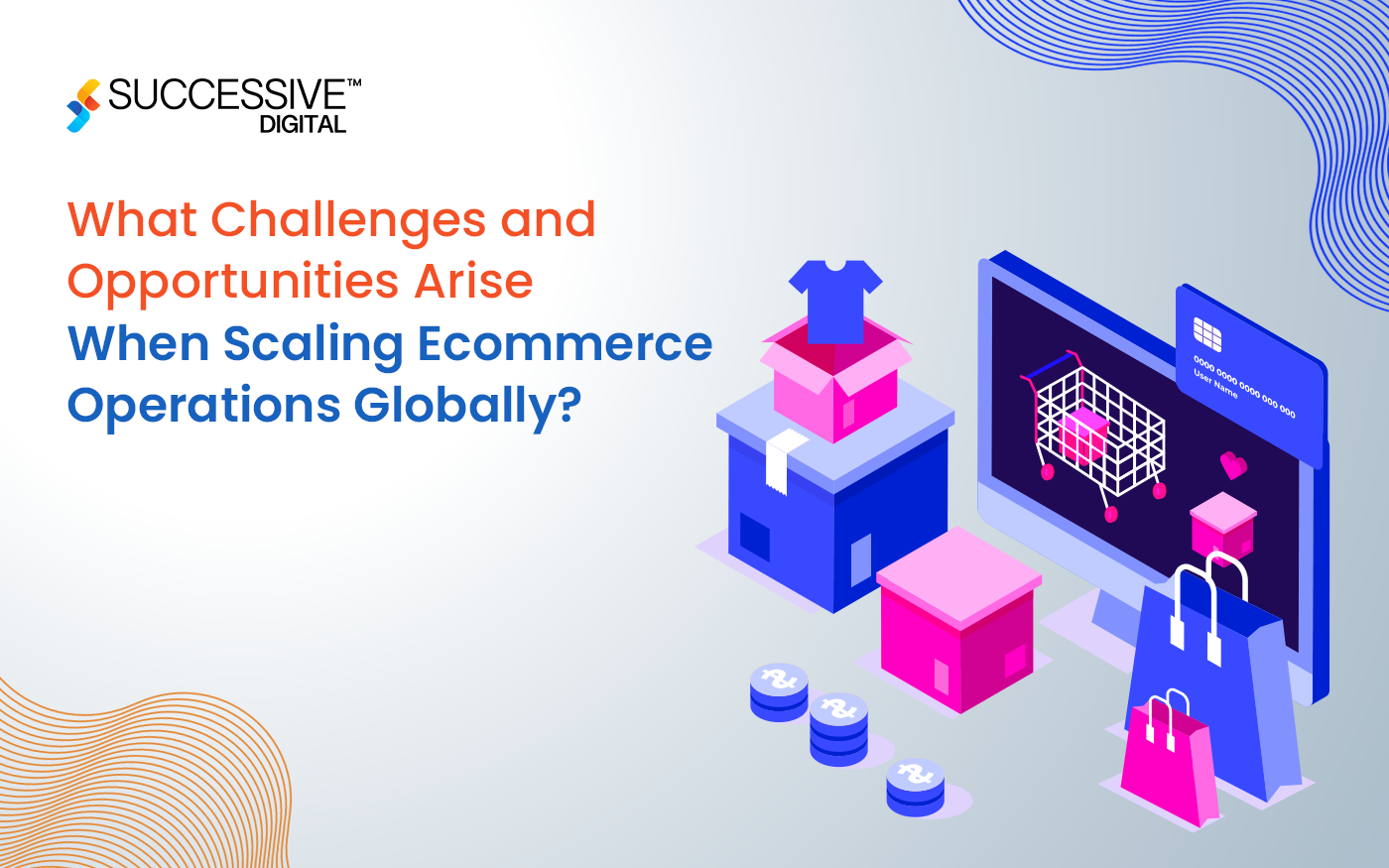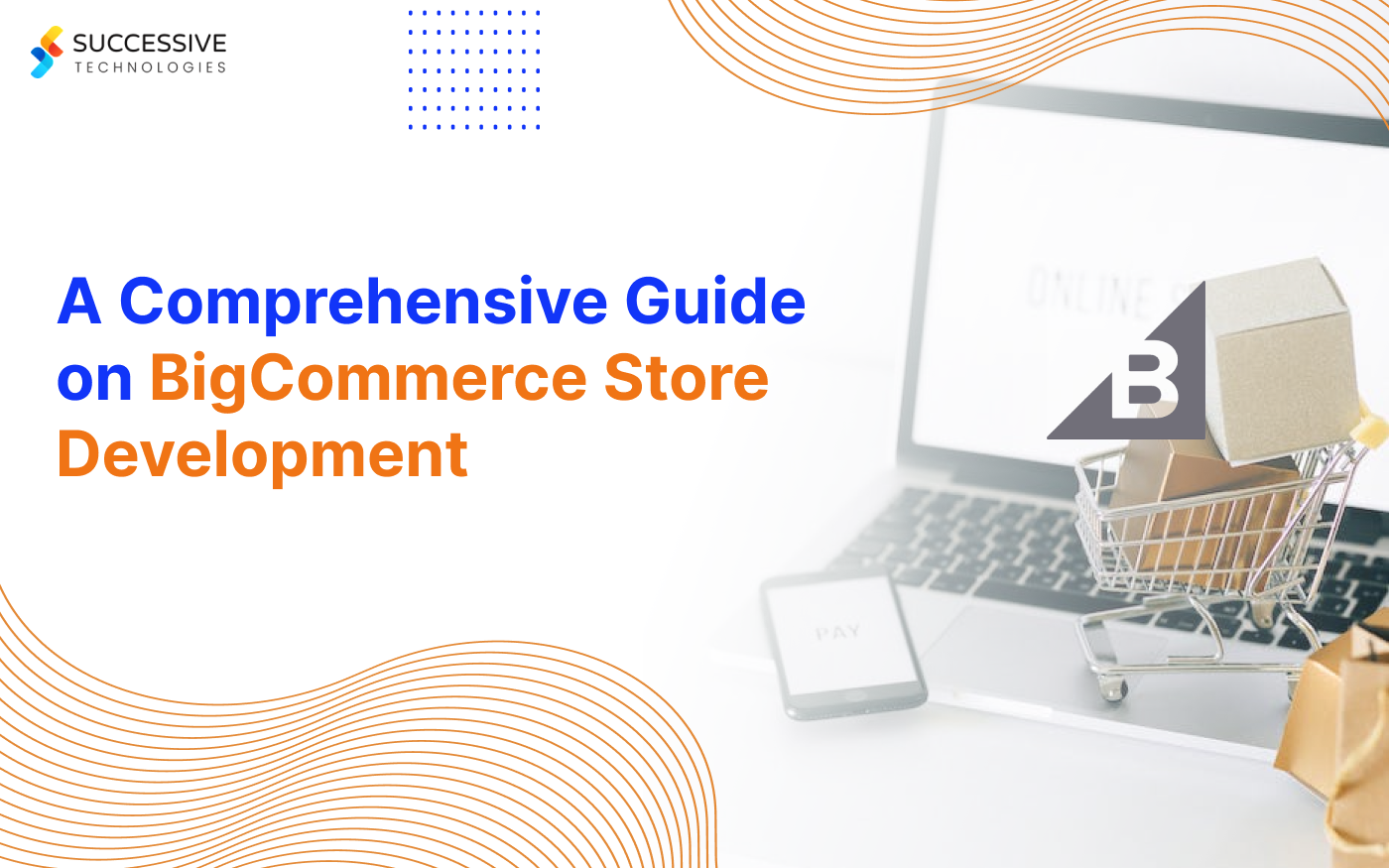Subscription-based commerce is no longer just a niche experiment. It includes beauty boxes, coffee deliveries, software bundles, and premium content memberships. Recurring revenue models have changed how brands connect with customers. For businesses, the benefits are clear. They see predictable revenue, higher customer lifetime value, and improved relationships over time. However, scaling a subscription model in eCommerce development is complex.
Beneath the shiny surface of automated renewals and loyal customers lies a challenging mix of technical, logistical, and strategic issues that many companies overlook until they are deeply involved.
This article highlights these hidden challenges and discusses how an experienced eCommerce development company can help manage them while keeping growth and profitability in focus.
The Subscription Boom and Why Scaling Isn’t Just Growth
The subscription economy is growing at a rapid pace–greater than five times the S&P 500. But scaling a subscription model is more than just acquiring more customers or adding new products – you need to ensure that the operational backbone (technology infrastructure, fulfillment process, customer support, etc.) scales without falling apart.
In the early stages, many businesses use makeshift tools. They might have a payment gateway here, a CRM plug-in there, and maybe a simple inventory tracker. These setups may work for hundreds or even a few thousand subscribers.
But as the subscriber base expands, problems begin to surface. Payment failures increase, inventory issues lead to delivery delays, and reporting accuracy declines.
At this point, companies often seek help from a specialist eCommerce website development company to create stronger, scalable solutions. The transition from “it works for now” to “it will work for the next five years” is when operational challenges truly arise.
Key Hidden Operational Challenges in Subscription-based eCommerce Development
-
Payment Processing at Scale
One of the most underestimated complexities of subscription models is recurring billing at scale. On the surface, it’s just about charging customers automatically every month or year. In reality, it’s a minefield of technical considerations:
– Failed Transactions and Dunning Management. Credit cards expire, accounts run out of funds, or banks block recurring charges.
– Multi-Currency and Cross-Border Payments. When you go global, you need to develop the ability to deal with local payment preferences, fluctuating exchange rates, and local rules and requirements, like PSD2 in Europe.
– Fraud Prevention. Subscription services attract fraudsters who test stolen cards or take advantage of refund loopholes.Building a custom payment infrastructure. Integrated with dunning workflows, fraud detection, and currency handling. Often requires partnering with an eCommerce app development company that understands both compliance and customer experience.
Also read: How to future-proof your eCommerce operations -
Inventory and Fulfillment
One of the main advantages of subscription commerce is that it allows for better inventory predictability. If you know how many subscribers you have, you can forecast demand with more accuracy. However, reality often contradicts the spreadsheets. Seasonal churn, last-minute sign-ups, skipped shipments, and paused subscriptions can all disrupt forecasts. Subscriptions for physical products also need to consider supply chain issues; recent years have shown that these can arise suddenly.
As companies scale, fulfillment becomes complex. It requires real-time visibility of inventory at various warehouses, automated reorder triggers, and connecting subscription management solutions with the warehouse management software.
Standard tools often struggle with this level of integration. Many companies decide to invest in custom eCommerce web development services to link front-end ordering systems with backend fulfillment. This ensures accuracy, even when subscriber behavior is unpredictable. -
Personalization and Customer Segmentation at Scale
Retention is crucial for subscription models. It costs a lot to gain a new subscriber, so keeping them is vital for profit. On a small scale, personalization might mean manually curating boxes or sending focused email campaigns. On a larger scale, it becomes a data challenge.
These tasks depend on a strong data setup that connects CRM, analytics platforms, and marketing tools. For many brands, this requires custom development that a skilled eCommerce development company can provide. This ensures that personalization is automated and relevant. -
Technology Infrastructure
Scaling subscription businesses is not just about having bigger servers, or faster databases. It is about building a system capable of responding quickly to changes. Subscription businesses frequently need to explore new plans, bundle products, or change pricing models quickly.
Monolithic eCommerce platforms lack flexibility. This is where modular, API-first architectures, which a quality eCommerce website development company can build, come into play. A headless commerce architecture separates the customer-facing storefront from back-end systems so that you can experiment in parallel with a main subscription process without disrupting your customers.
Stuck with legacy eCommerce engine? Then, it’s high time you migrate your store to a modern platform like Shopify. Read this blog to find why Shopify migration should be your next go-to-market strategy. -
Regulatory Compliance and Data Security
Subscriptions usually involve storing critical customer information; payment details, addresses, and behavioral data. As businesses grow, so does the value of that data and the probability of misuse.
GDPR in Europe and CCPA in California are just some of the compliance guidelines that are very strict and changing all the time . Subscription businesses must manage:– Secure storage of payment information (PCI DSS compliance)
– Customer consent management for marketing communication
– Customer requests for deletion and/or export of dataAn eCommerce app development company with expertise in secure architecture and regulatory compliance can help build systems that not only meet today’s requirements but are adaptable to future changes.
-
Churn Management and Customer Support
No matter how good your product is or how smooth your operations are churn will happen. But at scale, a 1% increase in churn can lead to a large financial impact. The trick is to identify churn risk sooner than later and be able to act on it quickly.
This requires monitoring engagement metrics in real time, such as skipped shipments or reduced usage. It also involves using automated retention measures like special offers or plan downgrades. Additionally, customer support must resolve issues before they lead to cancellations.
A customer support system that works well with subscription data helps agents provide solutions based on context. Building this system often involves custom integrations delivered through eCommerce web development services. These connect support platforms to subscription analytics. -
Analytics and Revenue Forecasting
At the core of scaling is the ability to make smart decisions. Subscription models produce a lot of data, from billing cycles and customer interactions to fulfillment timelines. The challenge is not in collecting the data but in turning it into helpful insights.
Common obstacles include:– Data silos between marketing, operations, and finance
– Lack of real-time dashboards
– Difficulty predicting revenue when churn and acquisition fluctuateA custom analytics layer integrated into the eCommerce platform lets leaders forecast accurately and respond quickly. Partnering with an eCommerce development company skilled in data engineering is key.
The Role of a Strategic eCommerce Development Partner
The challenges of scaling a subscription model involve more than just installing the right plugins. It requires a holistic strategy which involves technology, processes, and customer experience. For a business, this usually means collaborating with an eCommerce website development company who understands the technology, and the specifics of the business model.
An eCommerce development partner has the expertise to help establish a secure and scalable infrastructure. There are complicated workflows between sales, billing, and fulfillment, but an eCommerce development partner can help simplify them all while building in personalization and analytics into the workflow. An eCommerce development partner can also help prepare for subscription trends modifications.
In some cases, the right partner can serve as both an eCommerce app development company and a strategic advisor, like Successive Digital. This ensures that technology choices are based on business outcomes.
Conclusion
The subscription model has significantly altered eCommerce. However, while companies eagerly accept the promise of steady revenue, operational hurdles soon become obvious at scale. Payment failures, inventory dysfunctions, high-touch personalization, compliance with regulation and so on require more than just a simple fix for most subscription businesses. Companies must recognize that to compete in the subscription market, they need to do more than just focus on growth – they need to look for sustainable and seamless scaling. Partnering with the right eCommerce development agency can be the difference between a business that is successful, and ready for the future, or always playing catch-up to life-time value and retention.
So, are you considering building your custom subscription-based eCommerce app? Reach out to schedule a consultation with our eCommerce development engineers.












